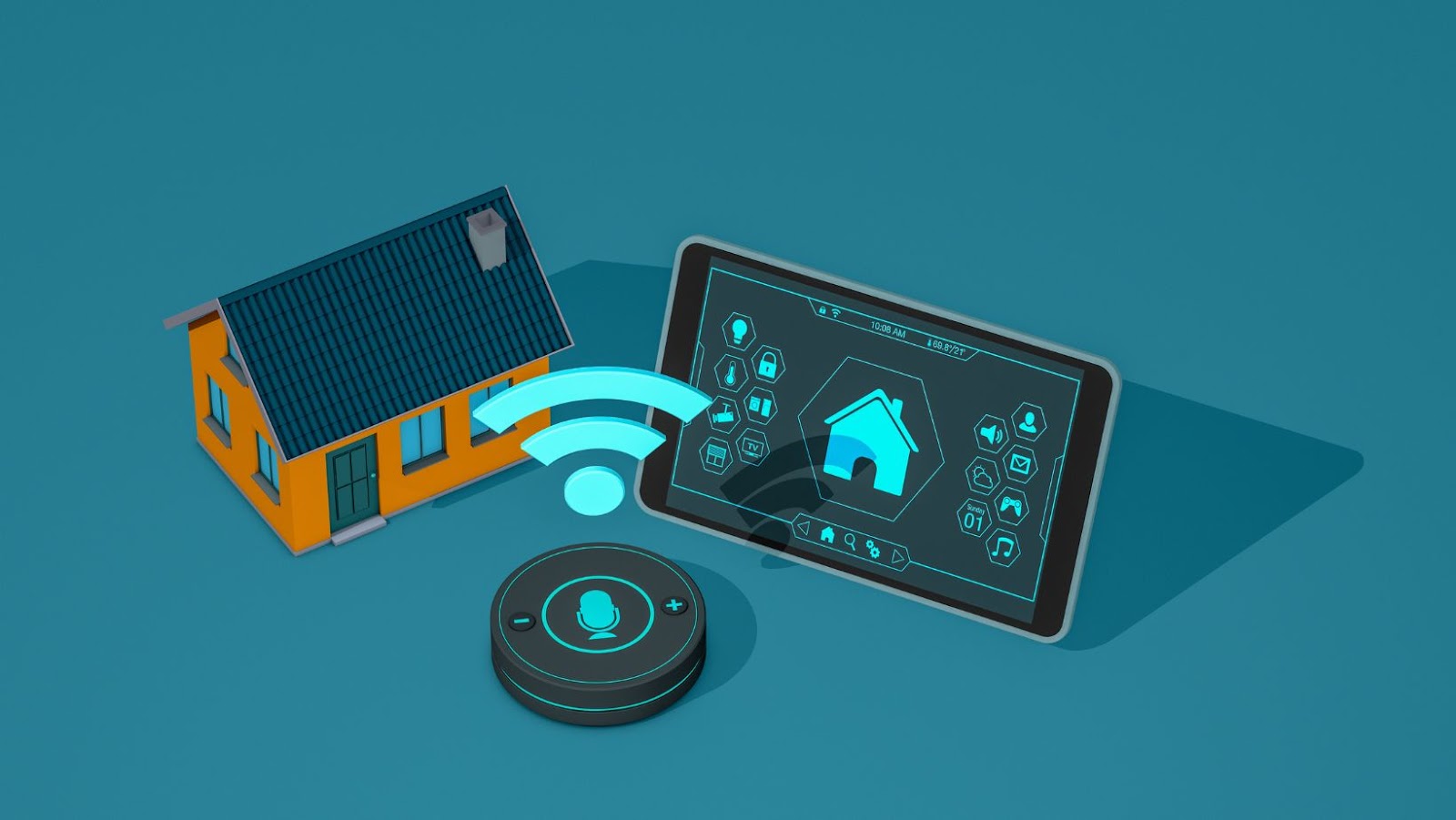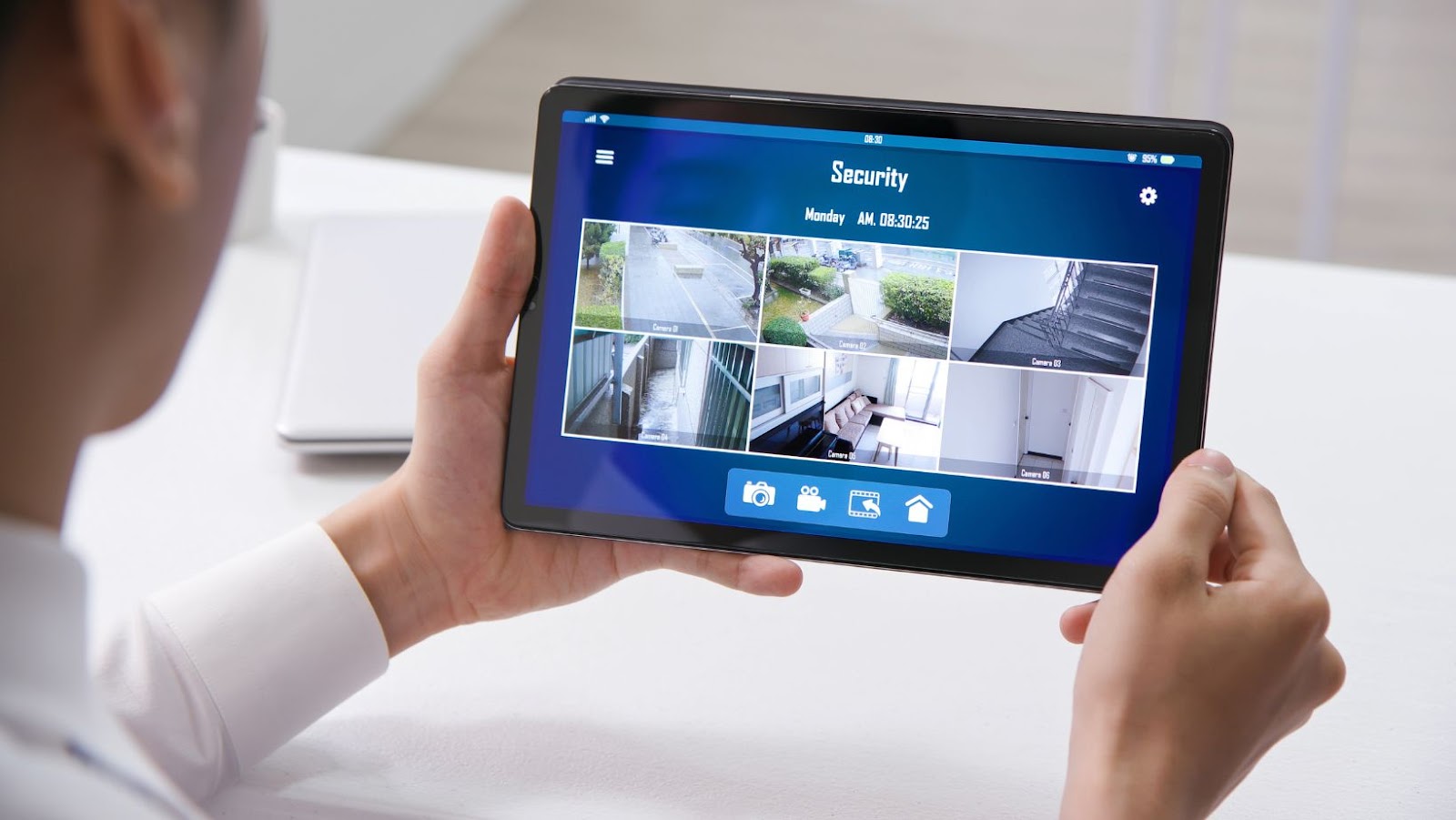 Smart Home Living Room Ideas
Smart Home Living Room Ideas
Smart home technology refers to devices that connect through the internet, enabling remote control and automation. Common examples include smart speakers, thermostats, and security cameras. These devices communicate using IoT (Internet of Things) protocols to provide seamless interaction between users and their home environment. Integration is at the core of smart home systems, allowing various devices to work together. For instance, users can control lighting and temperature through a single app. These systems offer customization options, letting individuals adjust settings to suit their preferences.
Artificial Intelligence (AI) plays a significant role in smart home technology. It powers voice-activated assistants like Amazon Alexa and Google Assistant, which respond to commands and learn user habits over time. This enables a personalized experience, making routine tasks more convenient. Energy management is another critical aspect of smart technology. Smart thermostats and lighting systems optimize energy usage, contributing to reduced utility bills and a smaller carbon footprint.
Security features are enhanced with smart doorbells, cameras, and motion sensors offerzing real-time alerts and remote access. This provides peace of mind and increased protection for homes. To embrace smart home technology in living rooms, individuals should understand device compatibilities, network requirements, and potential integrations. This knowledge ensures a smooth, efficient system that enhances lifestyle and intersects seamlessly with daily activities.
 Benefits of a Smart Living Room
Benefits of a Smart Living Room
Automating everyday tasks transforms the living room into a hub of convenience. Smart devices streamline tasks like adjusting lighting and controlling entertainment systems. Voice-activated assistants play a role in managing devices hands-free, enhancing ease of use. Energy efficiency takes center stage in smart living rooms. Automated systems adjust usage based on activity. Smart thermostats regulate temperature efficiently, which can reduce energy costs. These systems contribute to eco-friendly living without sacrificing comfort.
Enhancing security offers peace of mind. Smart cameras and doorbells provide real-time alerts, increasing awareness of the home’s surroundings. Remote monitoring enables control over security features from anywhere, ensuring constant protection. Multifunctionality adds value to entertainment experiences. Smart TVs and sound systems integrate seamlessly with mobile apps. Users customize content preferences, which results in richer and more personalized media consumption.
Personalization defines smart living rooms. Devices adapt to user routines and preferences, which creates a tailored environment. AI-powered assistants learn from interactions, suggesting optimal settings and experiences over time. Integrating these technologies enhances lifestyle and aligns with modern living demands. By creating an adaptable space, homeowners enjoy increased convenience, efficiency, and security in their smart living rooms.
 Perfect Smart Home Living Room Ideas
Perfect Smart Home Living Room Ideas
Transforming a living room into a smart space blends technology with comfort. Implementing automated systems enhances daily life by increasing convenience and energy efficiency. Automated lighting adjusts illumination based on time and activity. Motion sensors, for example, activate lights when someone enters the room and dim them when it’s unoccupied. Smart bulbs offer color-changing options and brightness control through mobile apps or voice commands. Scheduling features ensure lights switch on or off at specified times, saving energy and maintaining security when the home is vacant.
Smart entertainment systems deliver a dynamic viewing and listening experience. Smart TVs stream content directly from platforms like Netflix and Hulu. Integrated sound systems sync with mobile devices to play playlists or podcasts seamlessly. Universal remotes, controlled from smartphones or tablets, manage all devices, eliminating the clutter of multiple controllers. Voice-controlled assistants simplify tasks through hands-free operation. Devices like Amazon Echo and Google Home respond to commands to play music, adjust lighting, or provide weather updates. These assistants integrate with other smart devices, creating a cohesive, interconnected living environment. By learning user preferences, they create personalized routines for different times of day.
Smart climate control optimizes temperature settings for comfort and energy efficiency. Thermostats like Nest or Ecobee adapt to routines, adjusting the temperature when users are home or away. Remote access via mobile apps allows settings changes on the go. Sensors monitor environmental conditions, ensuring optimal climate inside the living room. Wireless charging stations provide convenient power for devices without cumbersome cords. Integrated into furniture or as standalone units, they accommodate multiple devices like smartphones and tablets. Positioned strategically in the living room, these stations ensure devices remain charged while minimizing clutter and preserving the room’s aesthetics.